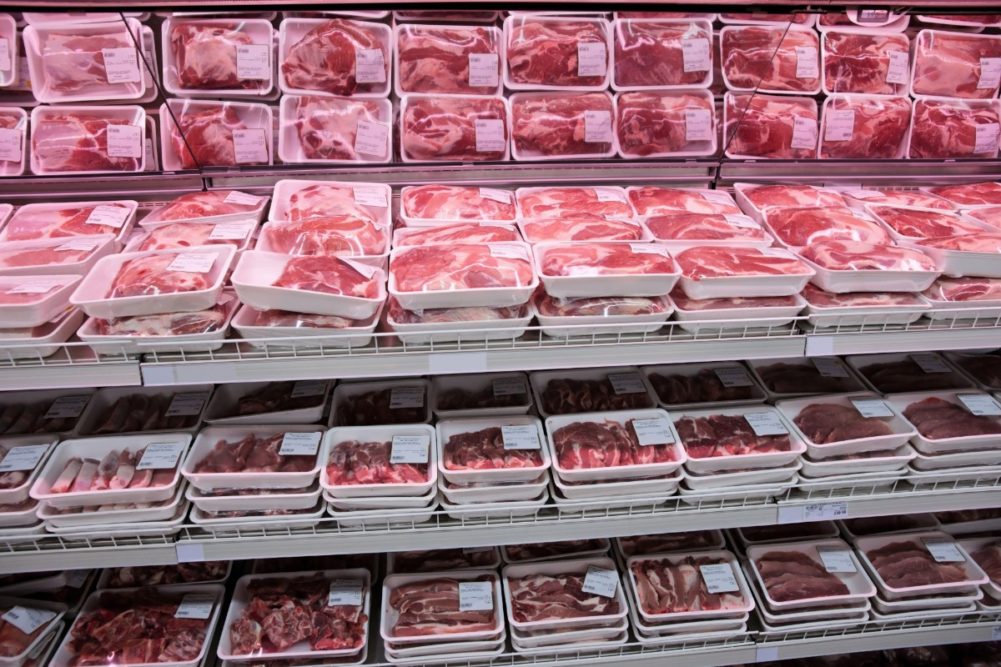DENVER – A new quarterly report from CoBank states that the meat and poultry industry continues to bounce back from the disruptions caused by the coronavirus (COVID-19) pandemic.
The beef processing industry is operating at 95% capacity with all facilities back online, CoBank said. The sector is now focusing on demand. Traffic at foodservice establishments continues to improve, but social distancing restrictions and consumers’ reluctance to venture out of their home for non-essential trips have hampered a full recovery.
“This means ongoing challenges for the dine-in, full-service sector, which especially hurts the beef complex,” CoBank said. “With tens of millions of Americans losing jobs during COVID-19 and government payments appearing to decline in the coming months, beef prices will likely be further tested this summer.”
Still, CoBank’s forecast is for modest supply growth in 2020.
“Fed cattle weights have hovered 5% to 6% above prior-year levels in May and June and will likely continue well above normal through the summer,” CoBank said. “We now expect US beef production to grow 1% in 2020, down from previous estimates of 2% growth.”
Processing plant closures following COVID-19 outbreaks among workers and slower processing speeds caused backups in meat and poultry supply chains. Pork producers especially were facing the prospect of euthanizing hundreds of thousands of animals. But resourceful producers found ways to hold back some of their herds and save some pigs. CoBank said nearly 3 million pigs that were supposed to come to market in the second quarter were euthanized as plants cut processing capacity.
“Before April, few could imagine a supply chain shock where US pork production could fall by nearly half yet climb back to above prior-year levels two months later,” CoBank said. “In fact, pork production in the last week of the quarter was up more than 10% above the same week a year ago as the industry is beginning to work through the backlog of hogs.”
CoBank estimated exports of US pork were up 20% in the second quarter driven entirely by demand from China.”
“China is in the midst of rebuilding its hog herd after African swine fever wiped out more than half of its pork supply in 2018 and 2019 and animal protein shortages in China and Southeast Asia continue,” CoBank said.
Finally, the chicken sector reported fewer coronavirus-related disruptions compared with the red meat sector, demand remains volatile, CoBank said. Chicken processors were able to pivot to retail when demand shifted from foodservice and the red meat supply dropped. But prices for chicken have been on a rollercoaster ride as a result.
“Largely driven by new plants that opened last year, chicken supply increased by 8% in the first quarter of 2020, which pressured industry margins,” CoBank said. “Spot chicken margins fell to multi-year levels once consumers stopped stockpiling food in April and the reality of absent foodservice demand hit the animal protein and food sector at large.
“When prices bottomed in mid-April, composite chicken prices were 35% below year-ago levels and margins were worse than what the industry experienced during the Great Recession. Chicken prices have improved since then, in sync with red meat prices.”



